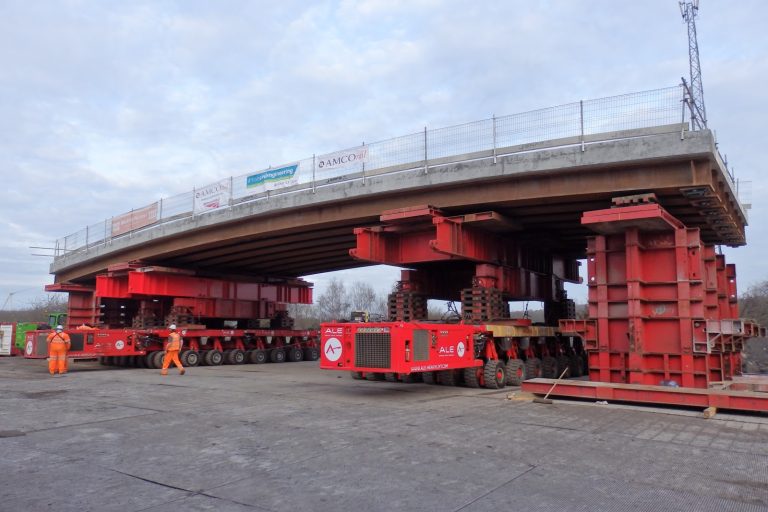RWE and Engie are considering an alliance which would see RWE swap a stake in its renewables and grids spin-off Innogy for a minority interest in Engie, Reuters has reported. The utilities have discussed possible deals with advisors and bankers although there are no active talks between senior executives, according to four unnamed banking sources quoted by the news agency. The sources said a marriage between the European energy giants would not take place before the German elections in September. However, one went on to say that because no plants would be closed as part of a deal, it could otherwise proceed very swiftly. “There are indeed talks ongoing, but that does not mean they will succeed,” said another source from the French government. Innogy debuted on the Frankfurt stock exchange in October 2016, after the grids and renewables business was spun-off from of the rest of RWE. At the time of publication, the new company had a market capitalisation of €19.8 billion. RWE owns a 76.8 per cent stake in Innogy worth €15.2 billion. However, RWE is itself valued at just €10.7 billion, suggesting that the conventional generation operations which it retained following the separation are viewed as a liability by stock market investors, Reuters surmised. One deal being considered would involve RWE trading either some or all its interest in Innogy for a minority stake in Engie. A banker told the news outlet that a share swap could see RWE take ownership of up to one third in the new Franco-German group. The French government owns a 28.65 per cent share in Engie and the company is currently valued at €32.9 billion. Any agreement would need to ensure a balance between of power between the French government and RWE, the sources said. RWE and Engie and Innogy all declined to comment on the story, although a spokesman for Engie reiterated comments made by the company’s chief executive Isabelle Kocher, who in March denied reports from Bloomberg that her company had plans to take shares in Innogy.








